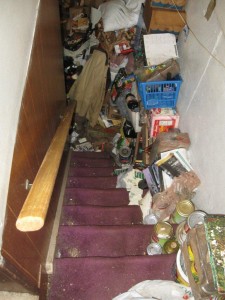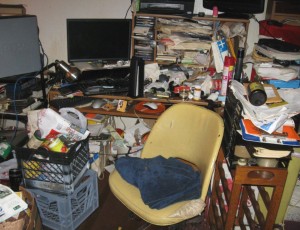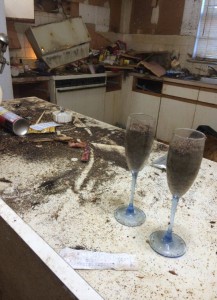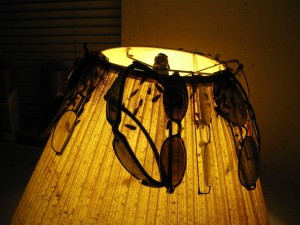[vc_row][vc_column width=”1/2″][vc_column_text]

[/vc_column_text][/vc_column][vc_column width=”1/2″][vc_column_text]
What happens when someone you love forgets how to let things go?
They might have the psychiatric diagnosis of “Hoarding Disorder.”
[/vc_column_text][/vc_column][/vc_row][vc_row][vc_column][vc_column_text]
For the first time in its long history, the Fifth Edition of the Diagnostic and Statistical Manual of Mental Disorders (DSM-5) includes a diagnosis for “Hoarding Disorder.”
The DSM-5 includes “Hoarding Disorder” because previous attempts to treat the disorder with medications that had been helpful for people with obsessive compulsive disorder or anxiety disorder were unsuccessful.
For whatever reason, it appears that the brain chemistry of people who hoard is significantly different. So, while they may have symptoms of anxiety and OCD, the person with hoarding disorder doesn’t respond to the same kind of treatment.
And, no one knows what causes it.
Sometimes the hoarding behavior starts early in life in childhood. Many times, it starts later in life after a stroke or other illness.
As described in the DSM-5:
“Hoarding disorder is characterized by the persistent difficulty discarding or parting with possessions, regardless of the value others may attribute to these possessions.”[/vc_column_text][/vc_column][/vc_row][vc_row][vc_column width=”1/2″][vc_column_text]




[/vc_column_text][/vc_column][vc_column width=”1/2″][vc_column_text]
But, in order for a person to receive the psychiatric diagnosis of hoarding disorder, the behavior must present some form of harm, or potential harm, to the person being diagnosed.
The people receiving this diagnosis aren’t just “collectors.”
What sets them apart is the vast quantity of items that they possess. Usually, it’s so much “stuff” that the behavior creates a crisis of safety in daily living.
But what exactly constitutes a crisis of safety?
The most obvious concerns for safety are the many trip and fall hazards created by hoarding behavior. And then there are the fire hazards.
In the last 8 years PuroClean Emergency Recovery Services assisted many families of hoarders in the Greater Philadelphia and Southern New Jersey area with the challenge of coming clean.
But, in this particular case, beyond the trip and fall hazard and the fire hazard,
the most pressing crisis of safety was roaches.
Millions and millions of roaches.
In fact, there were so many roaches, that when we did the initial site visit, the roaches literally poured out of the door jamb of the pocket doors and rolled in waves to the floor.
Every possible surface in this person’s home was infested with roaches. And that included all the dishes, both inside the cabinets and out.
Roach excrement even even the wine glasses on the table.
And not surprisingly, the resident of this home had multiple medical problems as well.
The family isn’t certain if the homeowner’s health issues caused the hoarding behavior,
or if the hoarding behavior created the toxic environment that caused his health to decline.
In this case, it’s kind of a “chicken-and-egg” question.
And the answer doesn’t really matter.[/vc_column_text][/vc_column][/vc_row][vc_row][vc_column][vc_column_text]The fact is, the homeowner was no longer able to manage his things, physically, mentally, or emotionally.
By the time this man’s family contacted us, his health issues had further compromised his ability to deal with the crisis of clean up on his own.
And his family was unable to meet the overwhelming need without professional help.
Not knowing where to turn, his daughter found us on the Internet and made the call. Interestingly, the TLC Network contacted us earlier that same week.
We put these two parties in touch with each other, and now
you can watch the hoarding clean up process
on the TLC Network show
“Hoarders: Buried Alive”
So if you, or someone you love has forgotten how to let things go, give us a call at 877-750-7876 for the professional and compassionate help you need with the overwhelming job hoarding clean up.
[/vc_column_text][/vc_column][/vc_row]
